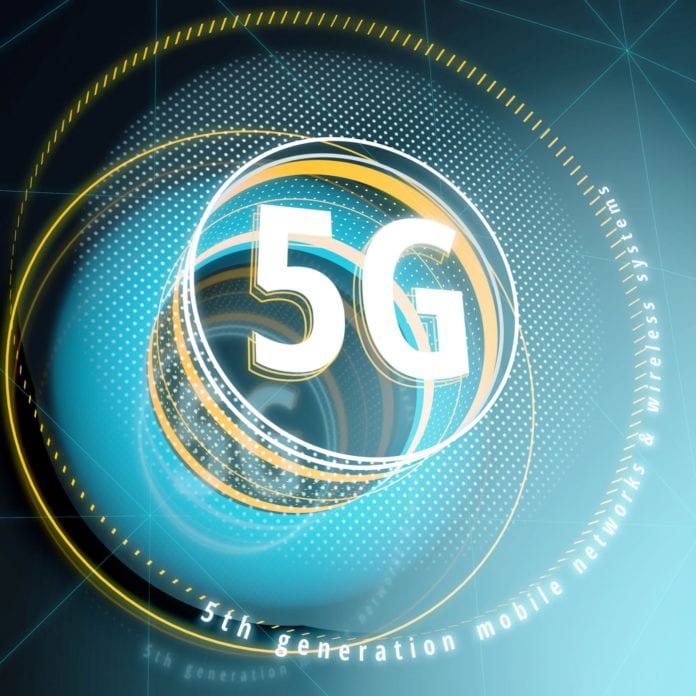Self-driving cars, autonomous manufacturing and immersive mobile XR are all on the 5G horizon
5G networks are commercially available in dozens of countries around the globe and consumer adoption of compatible handsets is set to spike in 2020 as coverage scales and services like cloud gaming and XR are enabled with enhanced mobile broadband. But that’s just the first wave of 5G–with coming enhancements to the 5G New Radio standard, a huge variety of vertically-focused use cases dependent on ultra reliability, low latency and massive support for the internet of things will accelerate digital transformation in virtually all industries.
Qualcomm has been instrumental in developing the technical specifications that comprise 5G NR as well as in working with OEM partners to bring both mobile and fixed wireless 5G devices at a variety of price points to end users. While the company is bringing its R&D and engineering expertise to bear on the future of 5G, perhaps before we look ahead we should look, in brief, at how we got to where we are today.
Qualcomm CTO Jim Thompson, during a recent presentation at the company’s San Diego, California, headquarters, said, “We work on stuff way ahead of time. Sometimes it works out, sometimes it doesn’t, sometimes it morphs into something.” He pegged 2014 as the year “when the industry got together and said, ‘Hey, what is 5G going to be?’ Our vision was we could create a single system…where you could put all of these services together.”
A major milestone came in 2015 when Qualcomm demonstrated a TDD transmission in the 28 GHz band, which paved the way for mobilizing millimeter wave, which underlies both AT&T and Verizon’s current service. In 2016, Qualcomm announced the X50 5G modem, which is now powering commercial devices. 2017 brought X50 testing in the 28 GHz band and previewed a smartphone reference design and, in December of that year, completed the first implementable 5G NR specification and predicted commercial deployments “as early as” 2019–a forecast that the industry beat.
In 2018, Qualcomm completed interoperability and field trials with partners; developed a millimeter wave RF module as well as an integrated RF front-end; and worked with OEM partners to ensure device support for mobile 5G networks would provide a seamless user experience.
Click here to get an in-depth understanding of the history of 5G with this interactive timeline.
The future of 5G
In the third quarter of this year, Qualcomm reported 150 5G design wins with device OEMs; that number surged to 230 by the end of the fourth quarter. And the company is actively driving the standardization process that will result in 3GPP Release 16, Release 17 and beyond.
In 2020, Qualcomm’s Vice President of Engineering John Smee said to expect enhanced mobile broadband to move from 5G-compatible phones into new devices types, including consumer premise equipment for fixed wireless access deployments and always-connected PCs. In addition, he said further evolution of the 5G NR standard will open up the vertical-specific uses of 5G.
Watch a video interview with Smee filmed during a Qualcomm 5G workshop.
“If we look at Release 16,” he said, “not only is it evolving mobile broadband…but the other aspect is it’s absolutely already going into new vertical markets. We’re thinking of connected vehicles, industrial IoT, taking 5G into…private networks” for factories, enterprises, stadiums, healthcare facilities and schools. “Release 16 in particular is enabling things like connected vehicles and industrial IoT and Release 17 is taking that a next step further.”
In addition to the opportunities in automotive and industrial IoT, Smee sees 5G brining new experiences into broadcast and extended reality (XR). The latter has significant potential for both consumers and enterprises.
“We are defining how virtual and augmented reality (VR/AR) experiences can be taken to the next level with 5G–we call this boundless XR,” Smee wrote in a blog post. “With 5G enabling high-speed and low-latency links between XR devices and the edge cloud, we can use these edge servers to augment on-device processing and bring low-latency photorealistic graphics and visuals in a more power efficient way. Today, we are working closely with ecosystem leaders to optimize the 5G system design for XR traffic.”
For more information on Qualcomm’s 5G roadmap, click here.

